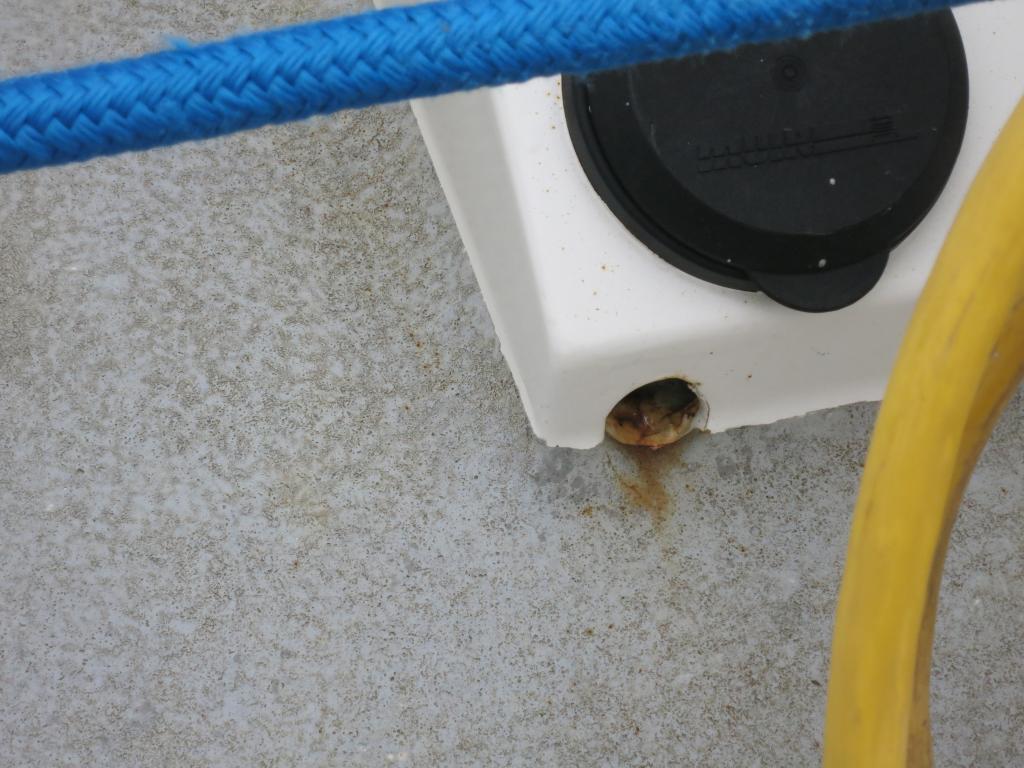I looked up the cost to import a boat into the US and the cost was so low I didn't believe what I read. The duty rate is 1.5% of the boat value,
https://help.cbp.gov/app/answers/detail/a_id/1184/~/importing-a-boat-for-personal-use-into-the-u.s.. That is the US import fee and a state may hit you up for more money. You will have to pay that import fee irregardless of when you import the boat but if one was in Asia for a few years you would have a used boat vs new which should lower the tax value.

Course, then one gets to argue with the Tax Man over the value of the boat.

I think the shipping companies know they have you by the short hair when shipping a boat so they charge accordingly. The last cost I saw to ship a 40 foot container from China to the US west cost was about $2,000. So if I wanted to ship a 50+ foot boat the boat cradle would take up the space of 6 containers which would cost $12,000. The cradle will cost something and I am sure there are other paperwork costs but it should not cost that much to ship a boat, yet it does.
The companies that only transport yachts really have the market cornered. I saw some report recently that two of the shipping companies have merged which further reduces price competition.
I have read those two blogs and they are quite good.
We went to TrawlerFest in WA in May and had an awesome trip. Well beyond our expectations. The Shearwater was at the show so we met the owner, designer, builder, and people buying/building Ducks. We were invited to help sail the Shearwater from the show to its home marina which was very nice to say the least.
Later,
Dan





